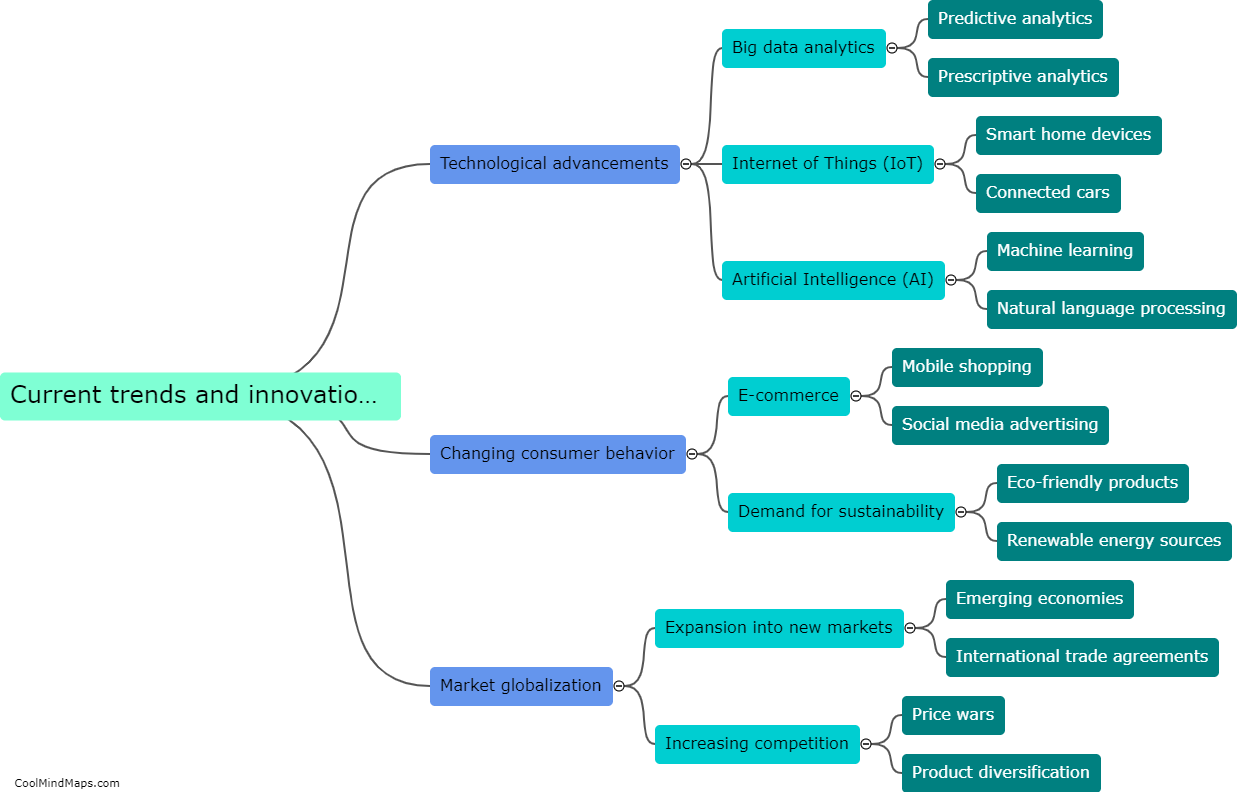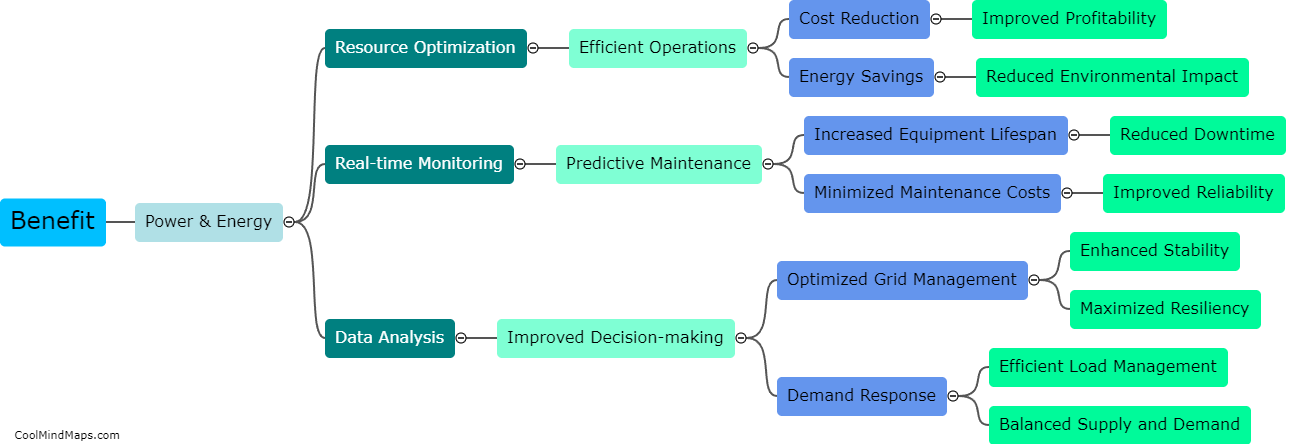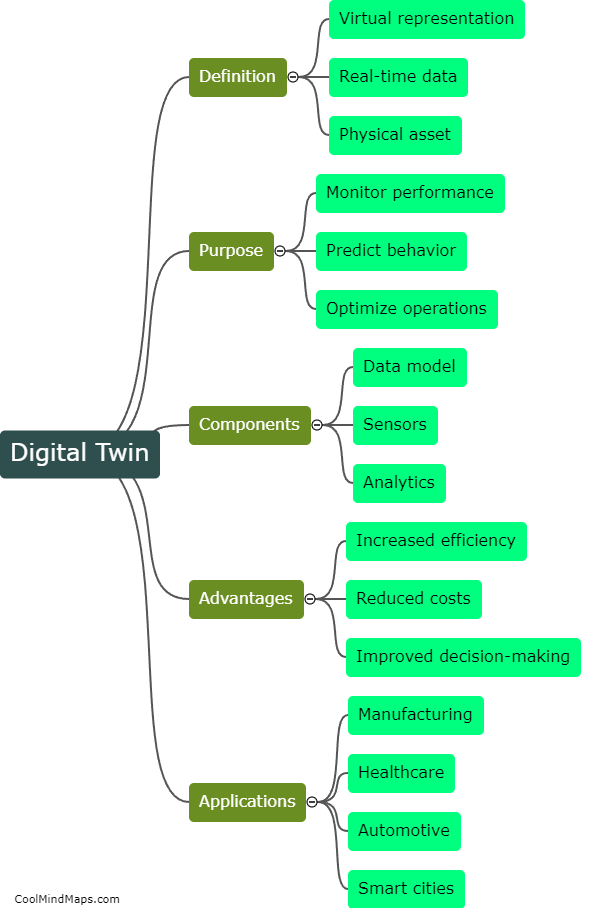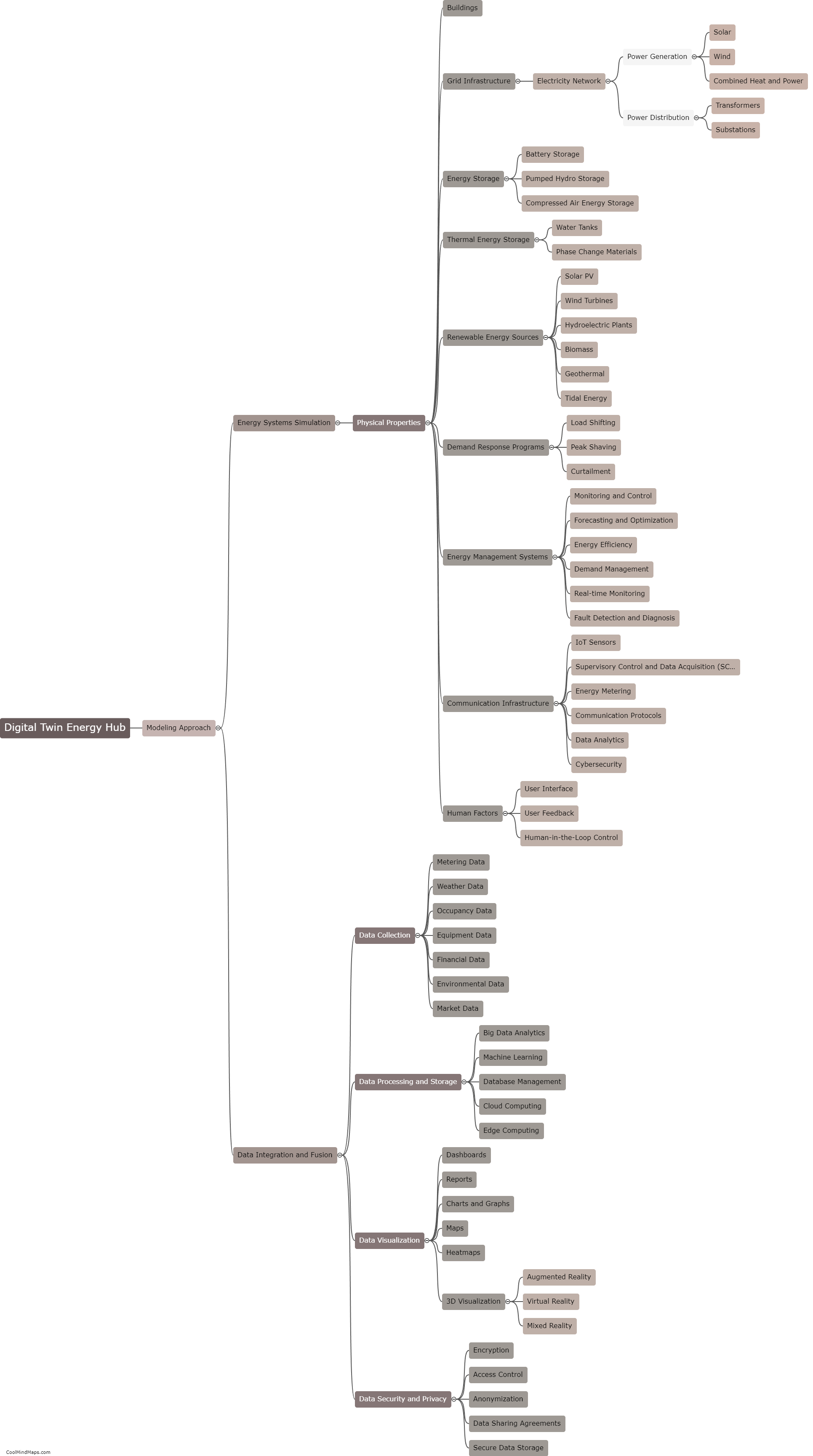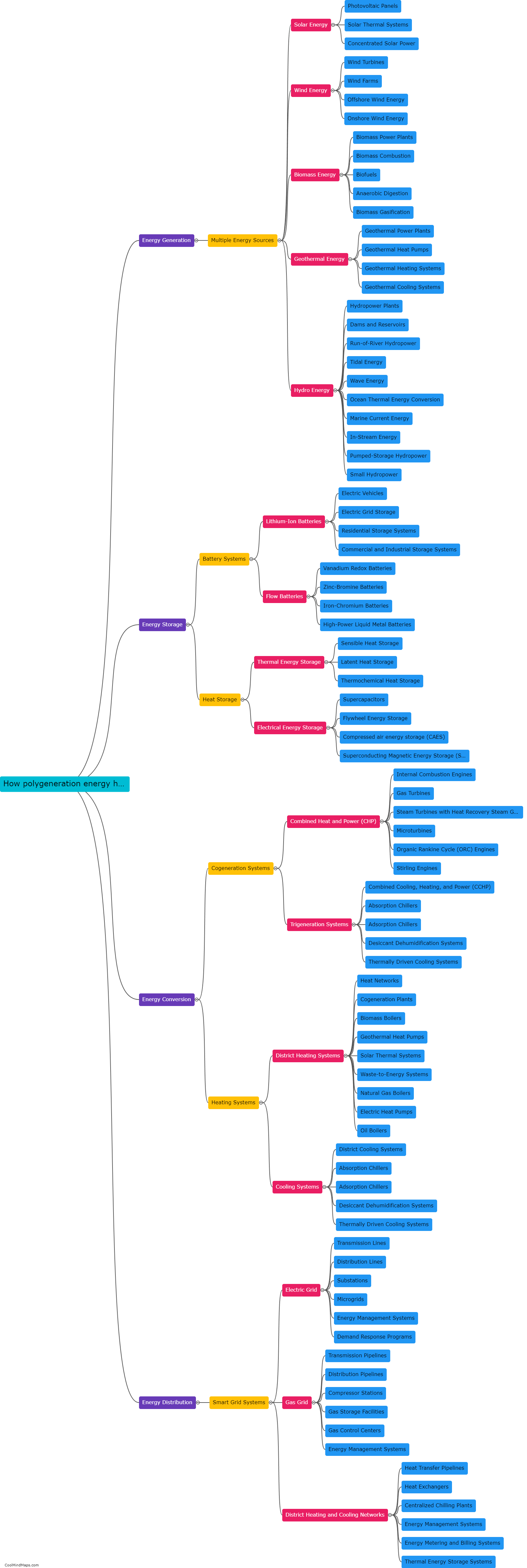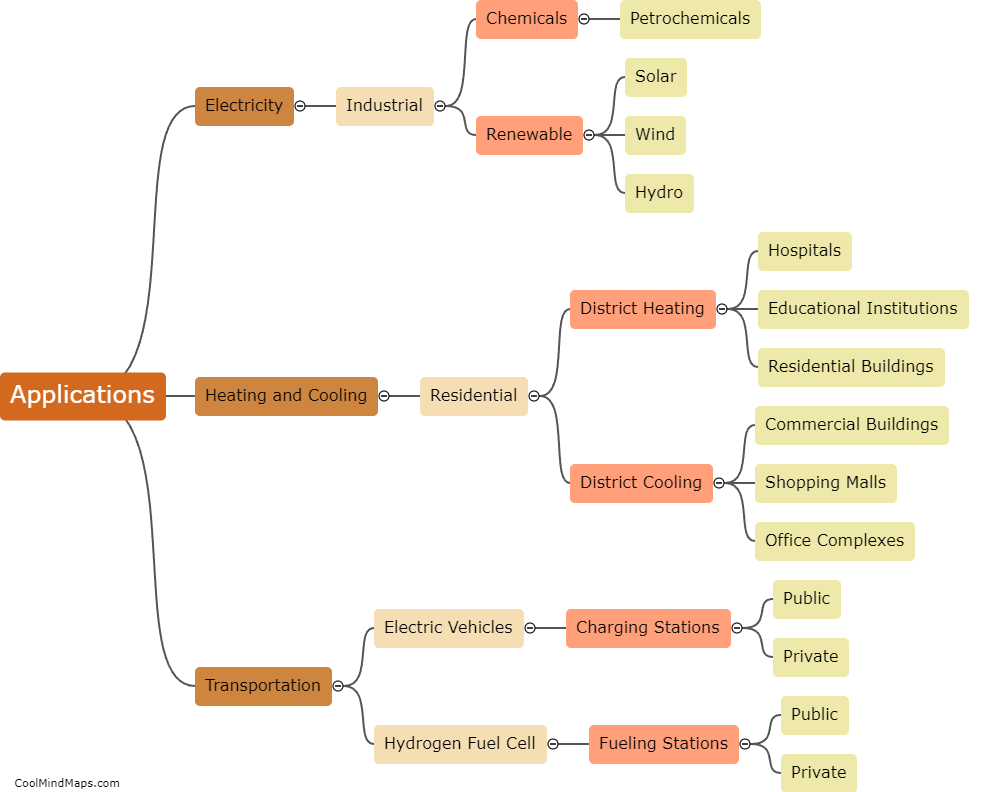What are the key components of a digital twin energy hub?
A digital twin energy hub consists of several key components that enable its functioning and effectiveness. One of the essential components is the Internet of Things (IoT) infrastructure, which includes sensors and devices that collect real-time data on energy consumption, production, and distribution. This data is then processed and analyzed through advanced analytics and artificial intelligence (AI) algorithms, forming another crucial component of the digital twin energy hub. These analytics help to generate insights, predict energy demand, optimize operations, and improve overall efficiency. Additionally, a digital twin energy hub incorporates cloud computing and storage capabilities, allowing for the secure storage and accessibility of large amounts of data. Finally, visualization and user interfaces are essential components that present the energy system's digital twin in an easily understandable format, enabling stakeholders to monitor and manage the energy hub effectively.
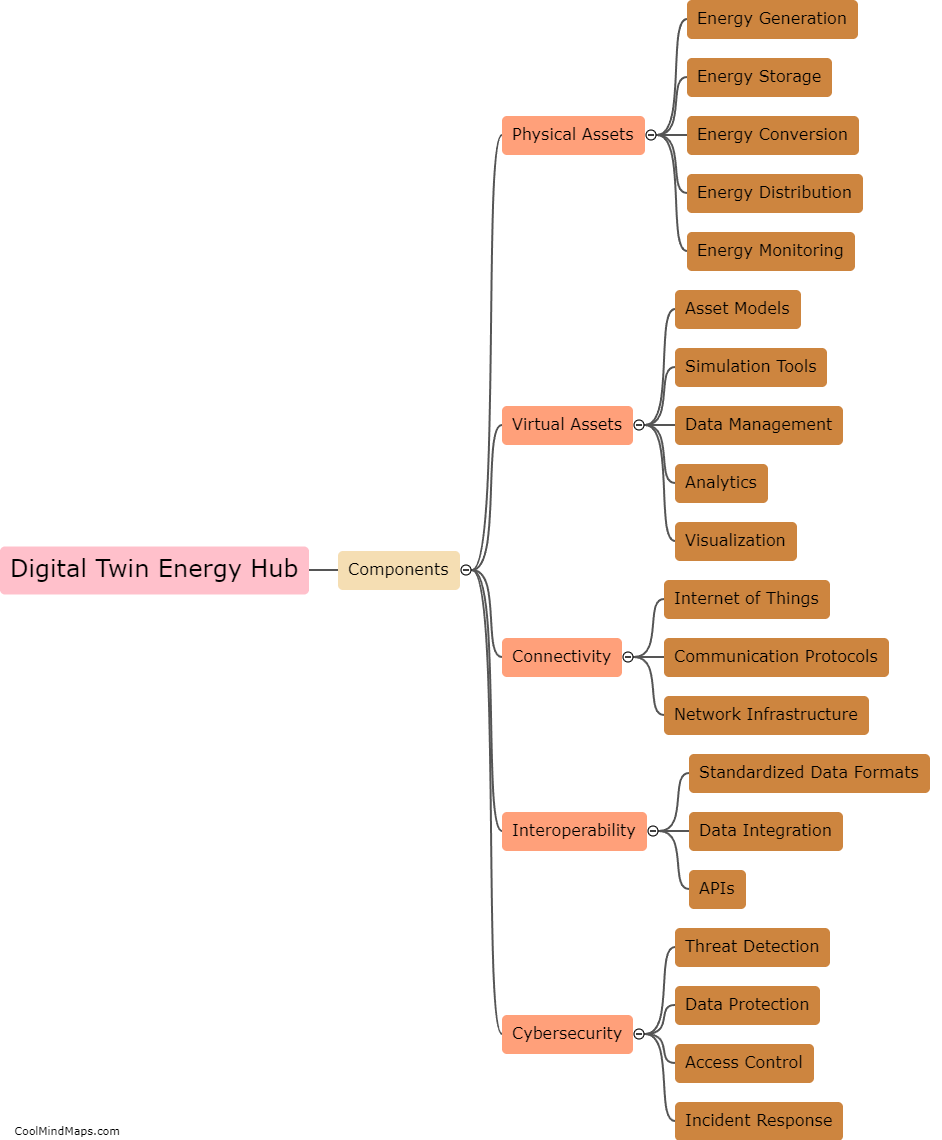
This mind map was published on 26 October 2023 and has been viewed 89 times.



